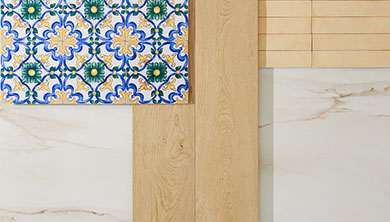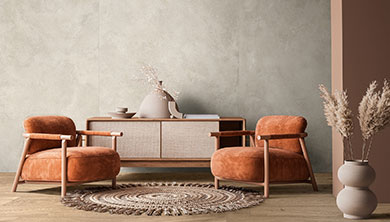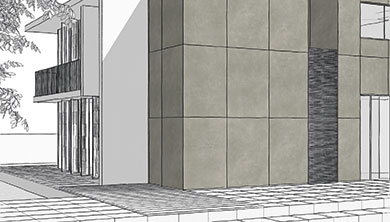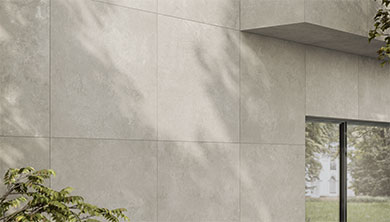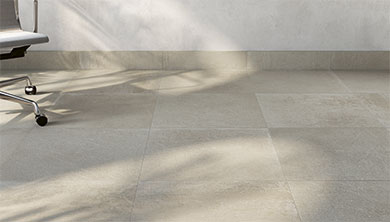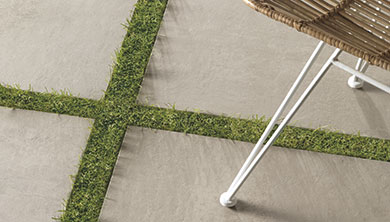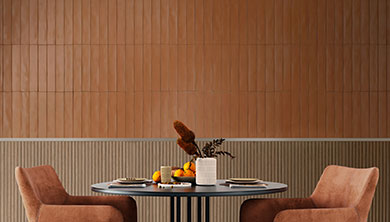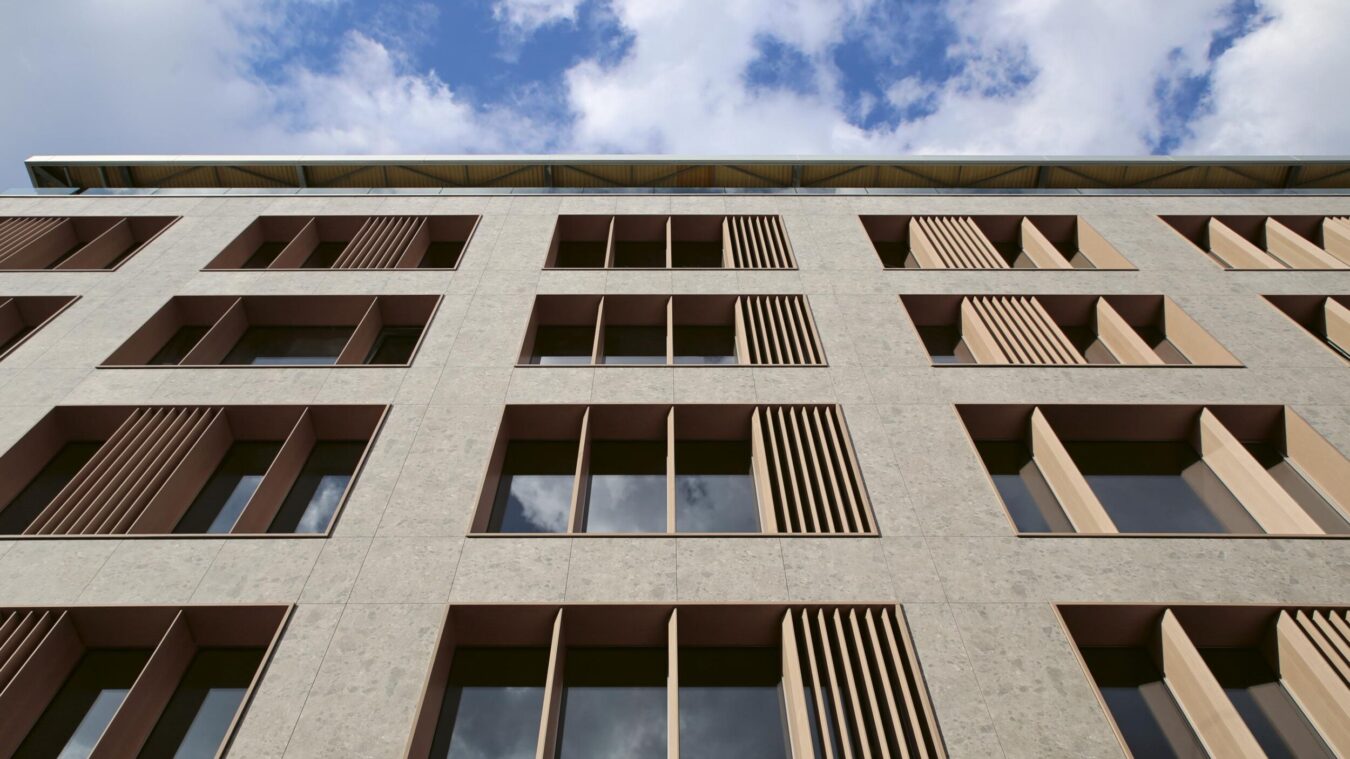The firm works in the residential, commercial and tertiary sectors on projects mainly in the Milan area. How has the attitude and demands of customers changed with regard to sustainability?
There has certainly been a transformation in the real estate market driven by cultural change, increased environmental awareness, technological factors and local policies. Even the PGT (Piano per il Governo del Territorio), the Plan for the Government of the Local Area, contains regulations that incentivise the construction of sustainable and less energy-intensive buildings. Real estate is responsible for 40% of pollutants. There is also a financial side: the commercial and tertiary sector, both new architecture and renovations, are increasingly accompanied by LEED or BREEAM (methodology for assessing environmental sustainability) certifications that create advantages for funds that acquire the properties. Consequently, building suppliers are also more active in offering biocompatible and more durable materials with a high recycled content or less polluting technologies that generate less waste. Sustainability can be an investment.
Let’s talk about materials. Which make the greatest contribution to the building’s overall sustainability?
There are two factors to consider: the materials’ intrinsic composition, recognised for example by the LEED certification, which values the high percentage of recycled components and biodegradability, and the materials’ actual efficiency. Sometimes the two characteristics are not compatible and the ideal path is not feasible. In general, it is desirable to have less waste production and regionality with respect to the construction site, which reduces the impact of transport.
How did you work with Ragno’s Project Department in designing the ventilated wall of Arbe 49?
The ventilated wall system helps to avoid heat transmittance. And ceramic enters the process due to its objective material qualities, which make its performance comparable to Alucobond panels, but with aesthetic properties. We had a direct and coordinated collaboration with the Ragno division and the ventilated wall designer, which enabled us to resolve all details in both the design and execution phases. When working on an existing building, various dimensional inaccuracies or defects such as ‘out of plumb’ and ‘out of square’ made it necessary to adapt the system to the existing state. The Ragno division and the window fitter worked synergistically and simultaneously to shorten the completion time.
The use of porcelain stoneware in ventilated walls has contributed to the acquisition of LEED Core and Shell certification. In which aspects of project sustainability does ceramic make the greatest contribution?
The thinness and large size of porcelain stoneware makes it possible to create coverings that were unthinkable up to fifteen years ago, with lightness performance on the back-ventilated structure, durability and no porosity. Ceramic reduces the heat island effect due to its low degree of reflectance, making it ideal for terraces and sun roofs. In the interior, the material adds the properties of hypoallergenicity and low dust attraction, contributing to air quality. Furthermore, over the last decade, quality in the reproduction of natural materials has evolved, allowing ceramic to offer more advantages than real stone without depleting quarries.
What characteristics should the ideal supplier have to collaborate with your firm?
The main characteristic is a willingness to cooperate and uphold agreements: service and the ability to provide technical assistance during the design and implementation phase are crucial. People always play a role; it is not just about products.

